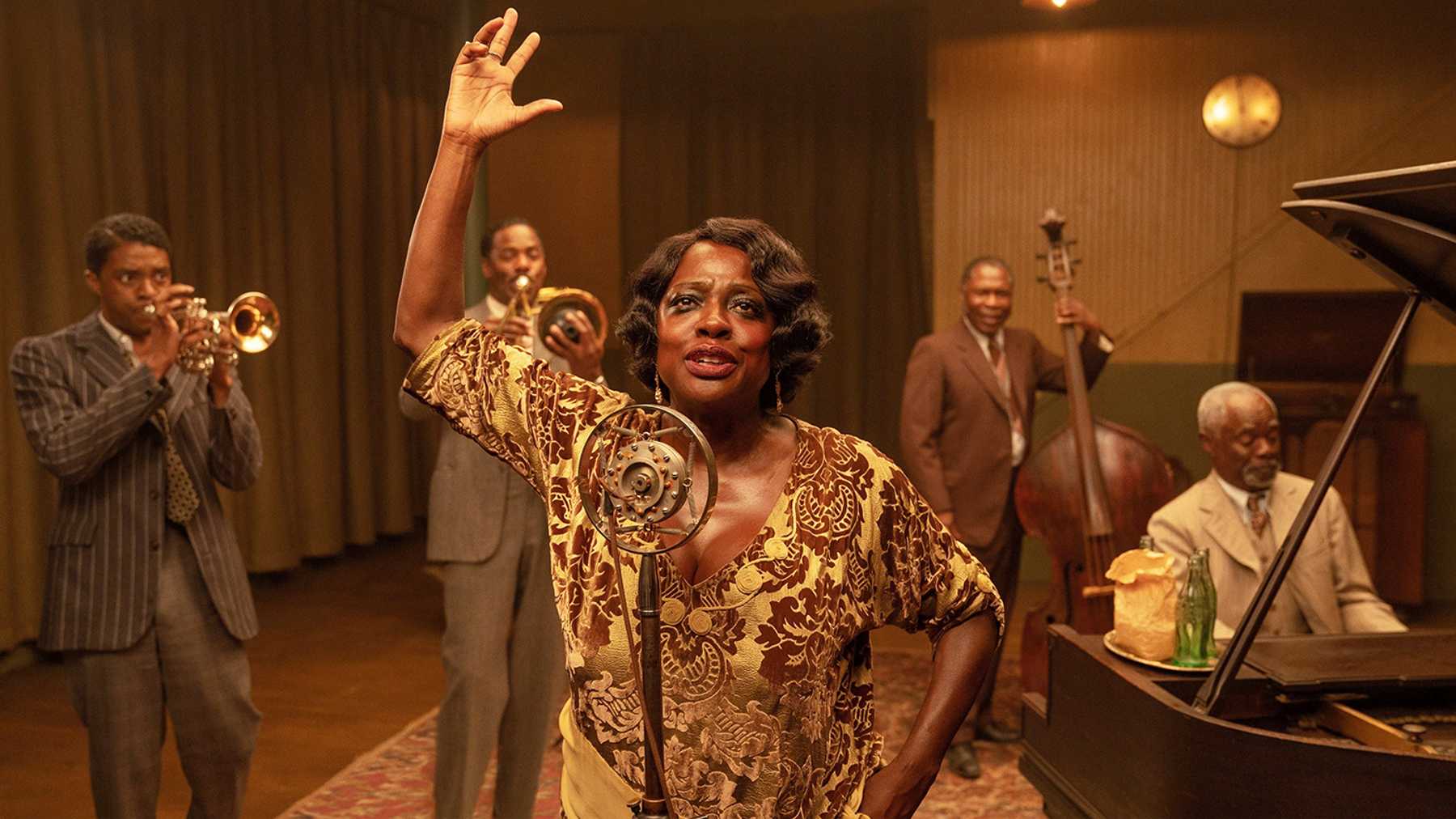Dubbed the “Mother of the Blues,” Gertrude “Ma” Rainey had a powerful voice, charismatic stage presence, and a “moaning” style of singing that became popular with her many fans. After all, she was one of the first African American blues singers and even went on to record many of her songs. Her contributions to the genre are plentiful and they cannot be ignored.
In ‘Ma Rainey’s Black Bottom,’ we get to see a more intimate and nuanced portrait of the legendary singer. Viola Davis brings the character to life and the plot also exposes the many trials and tribulations that the black community faced in the 1920s. Set over the course of a single afternoon, the film is an impactful one. So, what happened to Ma in real life?
How Did Ma Rainey Die?
Ma alleged that she was born on April 26, 1886, in Columbus, Georgia. However, the 1900 census stipulates that her date of birth could be somewhere in September of 1882 (in Alabama) instead. She was the second of five children and started performing at black minstrel shows in her teenage years. At 18, she married William “Pa” Rainey, which is when she adopted the name “Ma.” (They went on to adopt a son named Danny).

In fact, the husband-wife duo joined Rabbit’s Foot Company, a popular minstrel show at that time. Later, however, they formed their own group and went by Rainey and Rainey, Assassinators of the Blues. As the genre became more and more popular, so did Ma. In 1923, she was discovered by music producer J. Mayo Williams who worked for Paramount Records.
Ma signed with them and recorded her first 8 pieces in Chicago. In fact, over the next 5 years, she would go on to record more than 100 songs, which only highlights her innate professionalism. The record label also marketed Ma extensively, and she earned various titles such as the “Songbird of the South” and the “Gold-Neck Woman of the Blues.”
Over the course of her illustrious career, Ma worked with the likes of Joe “King” Oliver, Louis Armstrong, Sidney Bechet, and Pops Foster. She also collaborated with the iconic Louis Armstrong on tracks like “Moonshine Blues.” In 1924, she went on a tour of the Theater Owners Booking Association (TOBA) with the Wildcats Jazz Band, which was assembled by Thomas Dorsey. Some of the other members were Albert Wynn, Dave Nelson, and Ed Pollack. (They would continue to tour together for the next few years). By 1926, however, Dorsey had to leave the band. She then recorded various songs under the name of Ma Rainey and her Georgia Jazz Band.
At the turn of the decade, her style of music was longer in demand, and consequently, this affected her career to a great extent. Paramount later canceled her contract. Following this, in 1935, Ma went back to her hometown and ran three theatres— the Lyric, the Airdrome, and the Liberty Theatre. She was also said to be involved with the Friendship Baptist Church. In 1939, the blues singer breathed her last owing to a heart attack in Rome, Georgia.
Ma has posthumously been given many accolades. She was inducted into the Blues Foundation’s Hall of Fame (in 1983) and the Rock and Roll Hall of Fame (in 1990). Apart from this, the U.S. Post Office released a 29 cent stamp in her honor in 1994. Her song, “See See Rider” was also inducted into the Grammy Hall of Fame. But that’s not all, as it was also included in the National Recording Registry by the National Recording Preservation Board of the Library of Congress.
Ma was always unapologetically herself. Given that she was black and bisexual in those days, it would not be wrong to call her a pioneer either. There were even rumors that she had a romantic affair with the fellow blues singer, Bessie Smith. In her song titled “Prove It on Me,” Ma sings, “Went out last night with a crowd of my friends. They must’ve been women, ’cause I don’t like no men.”
The director of Ma Rainey House and Blues Museum, Florene Dawkins, said this about the legend— “She couldn’t control the world and segregation and exploitation, but she could control when she went on the stage, she could control the audience no matter. She mesmerised them and that was her control, that was her power, and she put her power into what she did. ‘They might not respect me or like me or think I’m a whole citizen, but when I get on that stage, I mesmerise them. I have them in my hand.’”
Read More: Is Ma Rainey’s Black Bottom a True Story?


You must be logged in to post a comment.